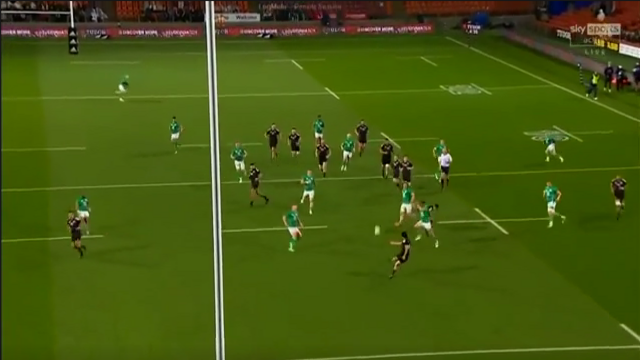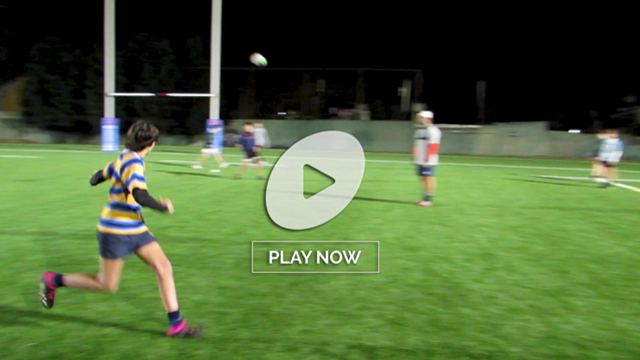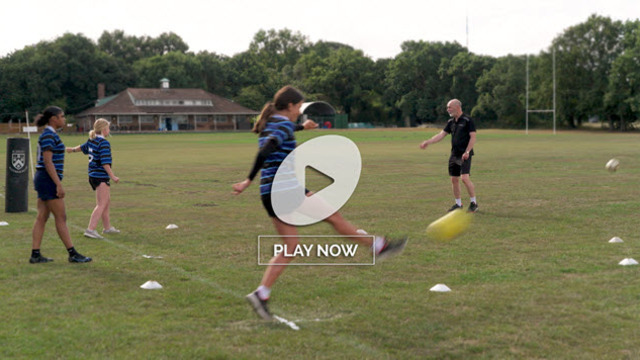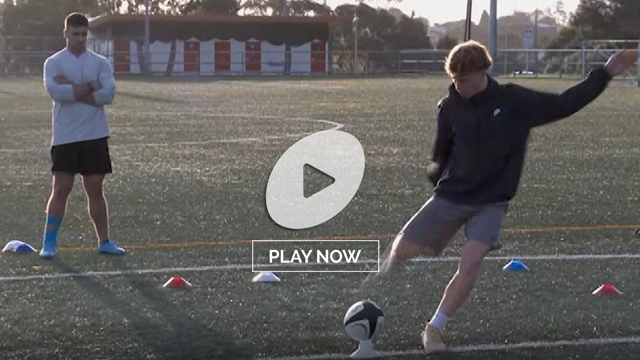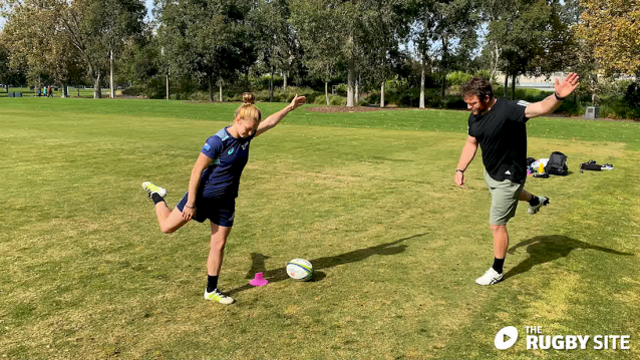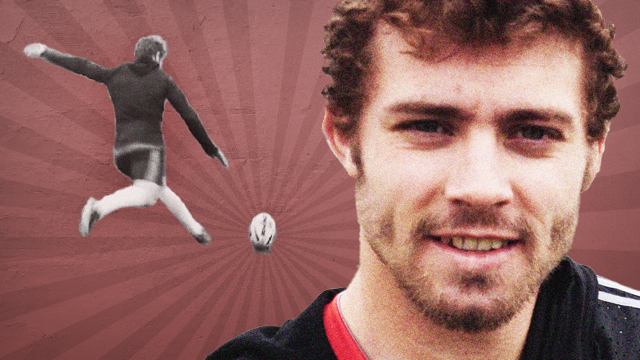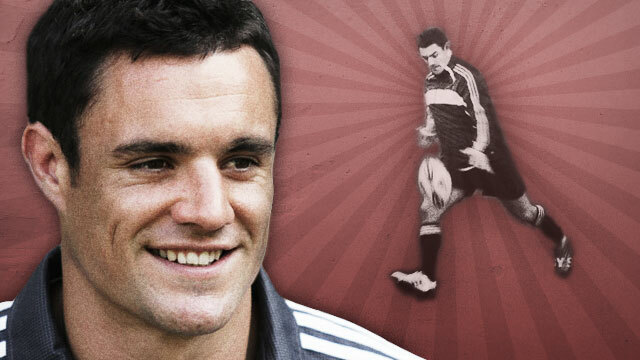I remember walking through the huge underground car park at the (then) Millennium stadium in Cardiff back in 2000, the year before the British & Irish Lions toured Australia. My companion was none other than Sir Graham Henry, who had already been chosen as head-coach on that tour.
There, in the aftermath of a European Cup game between Cardiff and Toulouse, ‘Ted’ recognized a shock of blond hair coming in the opposite direction through the prevailing gloom. His step quickened and his face brightened. The coiffure belonged to Lee Stensness, the second five-eighth he had coached back in Auckland.
Stensness was suffering from a long-term injury and had not played in the game, but an evident warmth between the two men remained, as substantial as ever. After Ted and Lee had said their goodbyes, Sir Graham shook his head ruefully:
“Terrible shame” he said.
“Lee could have been one of the great All Blacks. Superb left foot.”
It was one of the items Graham Henry always looked for in his menu of back-line qualities – complementary left-footed and a right-footed kicking games, in order to cover the whole width of the field.
A good left boot could help stretch the backfield defence to both corners of the field, and the All Blacks of the Henry era always benefited from the combination of Dan Carter, Ma’a Nonu and later on, Israel Dagg in that respect.
The recent tour match between Ireland and the Maori was an object lesson in the importance of left-footed kicking. Three of the four primary kickers at the start of the match (Ireland’s halfback Craig Casey, their full-back Jimmy O’Brien and his opposite number Zarn Sullivan) favoured the left boot, and that became four out of four when T.J. Perenara joined the fray in the second period.
One of the biggest points-of-difference on a damp evening in Hamilton lay in the contrast between the kicking games of the two sides from the back.
Both the dynamic contrast and the technical advantages of a good left boot were illustrated by a long-range exchange between the two number 15’s midway through the first half:
Jimmy O’Brien lifts a mid-range kick down to the Maori 22, but Zarn Sullivan has all the time he needs to return fire with a long 50/22 all the way down to the Ireland five metre line. That gave the Maori the throw into lineout, in a prime attacking position.
The technical advantage of the left foot kick can be illustrated by the view from behind the posts:
There is natural curl or draw on the ball – similar to that imparted by a golf swing – which makes the left boot a more natural choice on kicks towards the right side-line. Right foot to right touch, or left foot to left touch, can present considerably more problems in execution:
That is the Ireland scrum-half Craig Casey attempting the left foot to left side-line exit clearance. When the head and torso come upright too quickly, and core strength does not drive through the ball, there is a distinct danger of a slice off the outside of the boot.
Zarn Sullivan once again demonstrated the correct technique on an exit from his own goal-line:
Sullivan’s core drills right through the middle of the delivery and the outcome is an exit which flies more than 60 metres downfield.
Ireland paid the ultimate price when the failure to find enough length on left-footed exits meant kicks falling in front of the defensive backfield and inviting a punitive return. Initially, there was a warning in the first three minutes of the game:
O’Brien does not drive his core through the kick, pulling the Maori return team forward across halfway, and on to the ball. There is an easy overload to the short side available on the following play.
The threat became a reality at the end of the half:
Jimmy O’Brien again lifts the ball and it falls well short of the Maori backfield. There is a one-man chase against a two-man return, and Sullivan and Shaun Stevenson can even afford a bit of hesitation in their choice of play before the right wing makes a clean break on the way back. Cullen Grace finished off the move at the other end of the field.
An improvement in the Ireland kicking game off the left boot was a major factor in their second half resurgence, although it came much too late in the day to matter:
O’Brien stays lower for longer on a left-to-left kick, gets his body through the ball and moves the play well beyond the Maori backfield. There is a tight three-man chase which forces a negative exit and gives the men in green an excellent attacking lineout near the Maori 22.
Summary
Sir Graham Henry knew the value of a complementary left foot-right foot kicking game only too well, and he never forgot it. He loved to watch games live, so that he could fully appreciate the wide-angle contest between kicking variety and backfield defence, which tends to be so easily fore-shortened on the telly. If you can split the defence’s attention, with a right foot to one side of a set-piece or ruck, and a good left foot to the other, you have already opened the backfield defence and forced it to cover both corners. You are on the front foot, and they are on the back foot.
